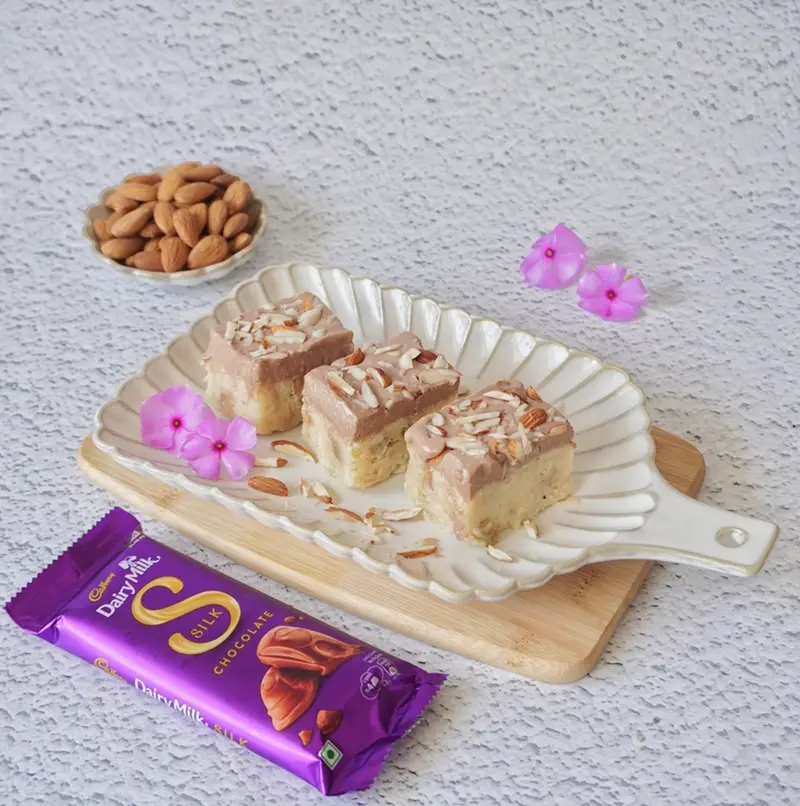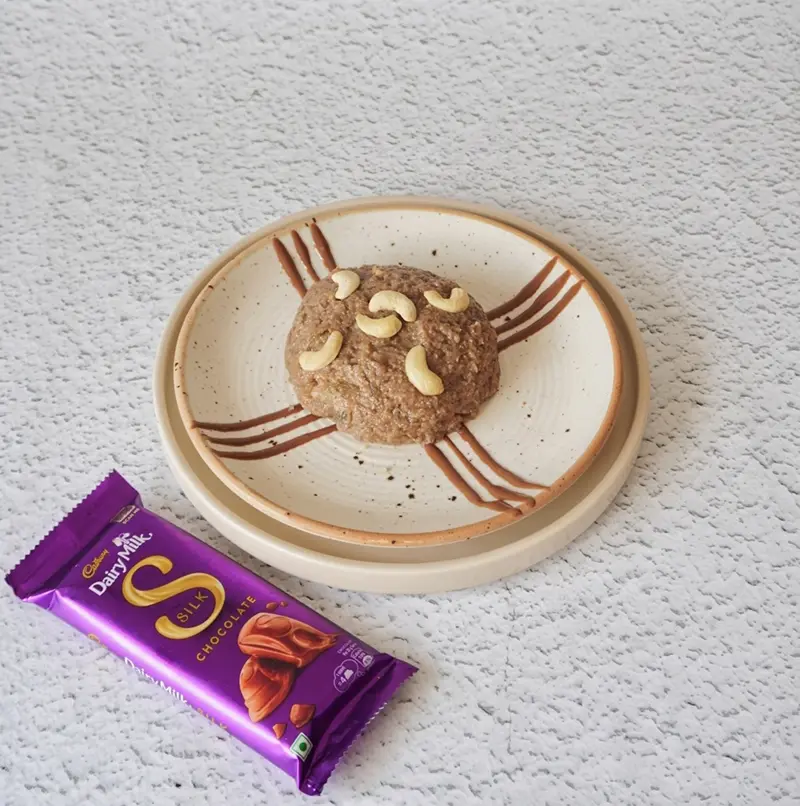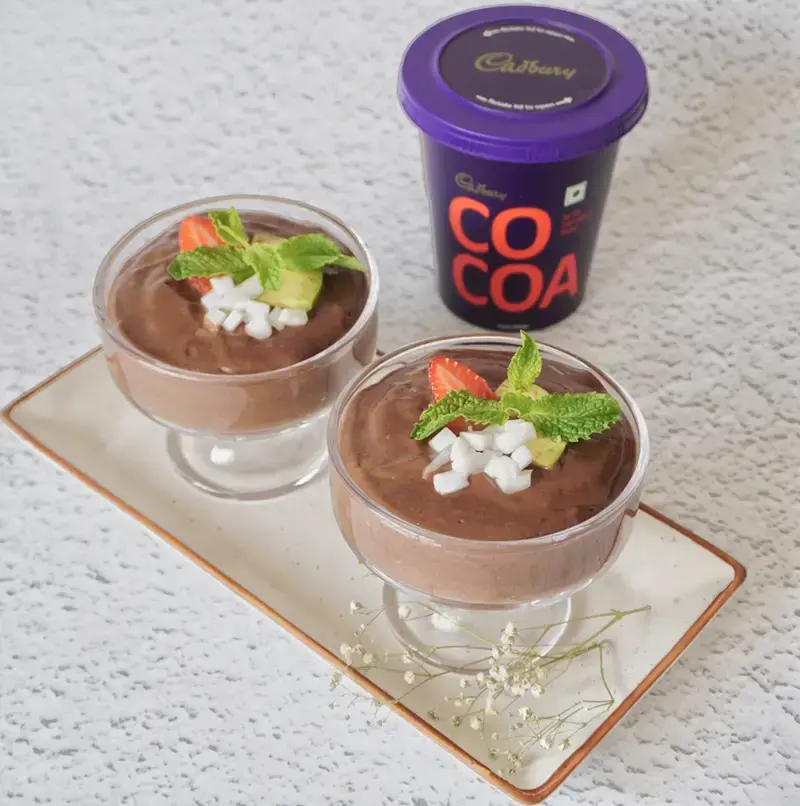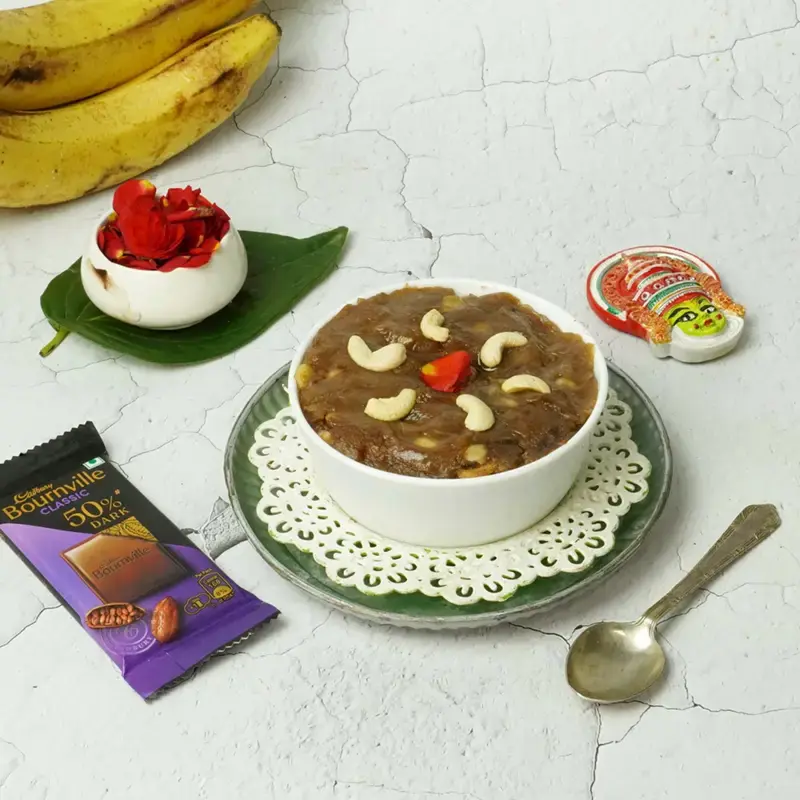Ace the tricky ganache with our helpful guide and tips and tricks on how to perfectly use it as a glaze and a cake topping.

Ace the tricky ganache with our helpful guide and tips and tricks on how to perfectly use it as a glaze and a cake topping.
Ganache is a versatile chocolate-based glaze or filling that can take baked goods from ordinary to extraordinary. A silky-smooth ganache will allow bakers like you to coat cakes, cupcakes, and cookies with a luxurious flavor and shine. However, ganache can also be tricky to perfect. This guide will explore ganache basics, and provide recipes for common varieties, along with tips and tricks for ensuring smooth, luscious results every time.
History of the Ganache
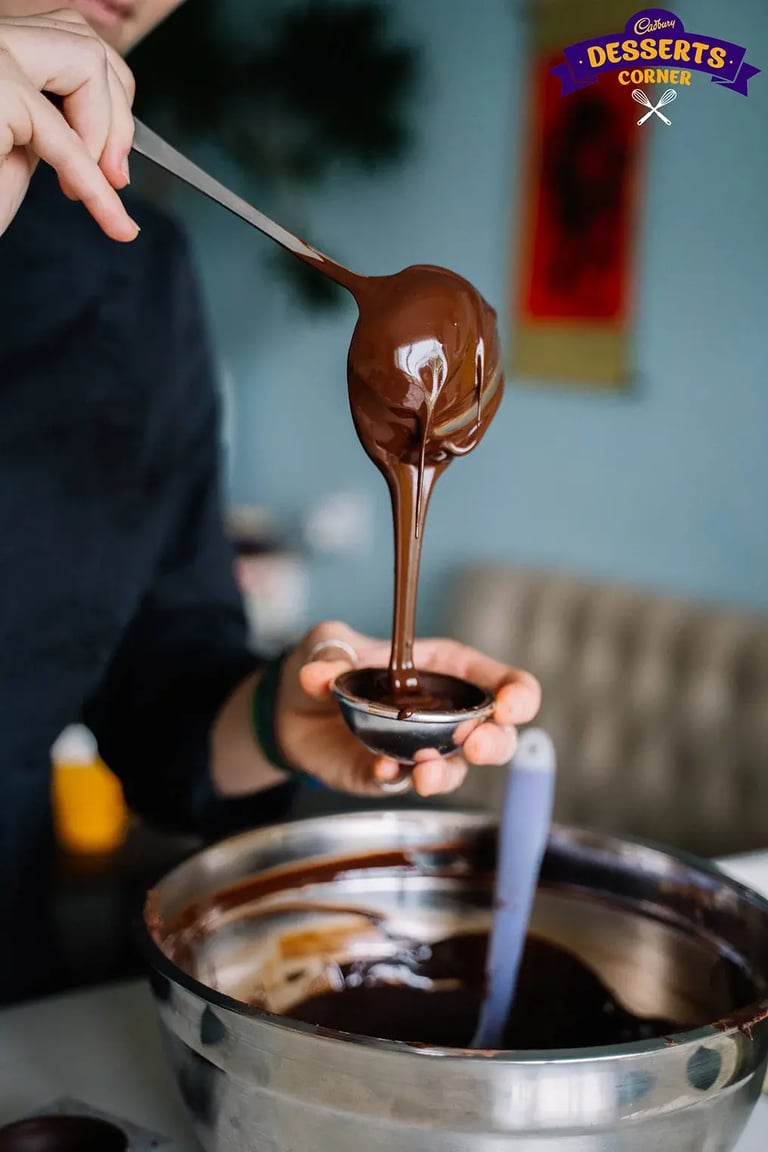
Before we get into that, a little history lesson is in order for this decadent treat. It is said that early confectioners in the 1800's mixed dairy and chocolate to develop delicious fillings and coatings. Over eras, artisans experimented with different mixtures, adjusting ratios to achieve ideal textures.
However, the ganache truly came into its own in the 1800s. It originated in France in the 1800s and was actually accidentally discovered. Paul Siraudin is credited as its inventor as he discovered it when water was spilled over chocolate by accident.
Pastry chefs in Parisian tea rooms perfected the ganache's smooth, silky consistency for decorating cakes. They crafted ganache into intricate designs using syringes or bags with tips. By the 1900s, ganache had spread across Europe as bakers learned its versatility.
Today, ganache stays a staple for bakers globally, admired for the luxuriousness it lends to creations. Its history shows constant progress as generations sought even creamier, shinier results.
Ganache 101
At its most simple, ganache is a mixture of cream and chocolate. Choosing the right cream-to-chocolate ratio is key; too much cream and it becomes runny, too little and it hardens quickly. High-quality chocolate that has a balance of bitterness and sweetness, or semi-sweet works best. Ganache can be made days in advance and chilled until ready to use. Proper tempering brings out chocolate's best qualities like shine and snap.
How to Ace Your Glazing Game
1. Classic Ganache
A 1:1 ratio of cream to chocolate creates a versatile frosting, filling, or sauce. The smooth texture pairs well with many desserts—from cakes and cupcakes, to pastries. You can experiment with different types of chocolates, such as semi-sweet, milk, or white in this ratio.
2. Milk Chocolate Ganache
Using equal parts cream and milk chocolate results in a lush glaze that complements the impeccable flavors in brownies, blondies, and cookies perfectly. The cream cuts through the richness of the chocolate for a silky finish. Try drizzling it over warm bars or dipping the tops of chilled treats.
3. White Chocolate Ganache
A ratio of two parts cream to one part white chocolate gives an elegant glaze or filling. Its light texture makes it an ideal pairing for red velvet cupcakes or cake. You can also sandwich layers of this ganache between sponge cake for a decadent dessert.
4. Flavored Ganaches
Infusing the ganache with 1-2 tablespoons of flavorings like liqueur, extracts or coffee opens up new possibilities. Hazelnut syrup adds nuance to a chocolate ganache for truffles. Orange zest steeped in the cream brings brightness. Coffee and mint extract lend unique dimensions when stirred into the mixture.
Tips for the Perfect Ganache
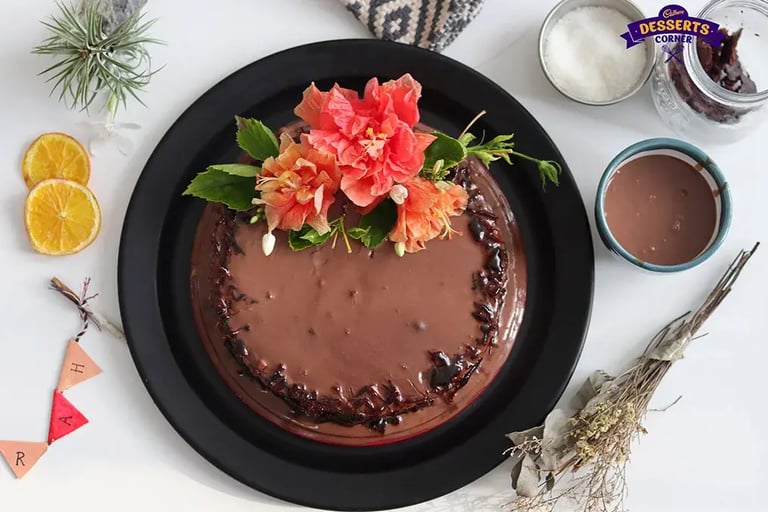
Now that you’ve had a 360-degree tour of the rich chocolate ganache, here’s how to perfect your own homemade ganache:
- Use only high-quality chocolate to get the best flavor and texture out of it. Dark chocolate works well but milk or white chocolate can also be used.
- For the cream, heavy whipping cream or half-and-half will give a smooth, silky texture. You can also use milk, but the ganache might be slightly thinner.
- Weigh or measure the chocolate and cream accurately for best results. A ratio of 1 part cream to 1 part chocolate by weight is a good starting point.
- Warm the cream just until steaming but not boiling. This helps the chocolate melt smoothly into the cream for an emulsion.
- Temper the chocolate by adding a small amount of hot cream to the chocolate first before adding the remaining cream. This helps the chocolate melt without seizing.
- Whisk continuously as you pour the hot cream over the chocolate until fully combined and smooth.
- For truffles, chill the ganache until very firm before shaping, then roll in cocoa powder, crushed cookies, and sprinkles.
- Ganache can be flavored as well; try vanilla or coffee, which works well with chocolates as it complements its flavor.
- If you make ganache in bulk, store the leftovers in the refrigerator for up to 2 weeks, or extend its shelf life in the freezer for 2-3 months. Reheat and whisk before using if it gets too firm.
Like This Article?
More Like This
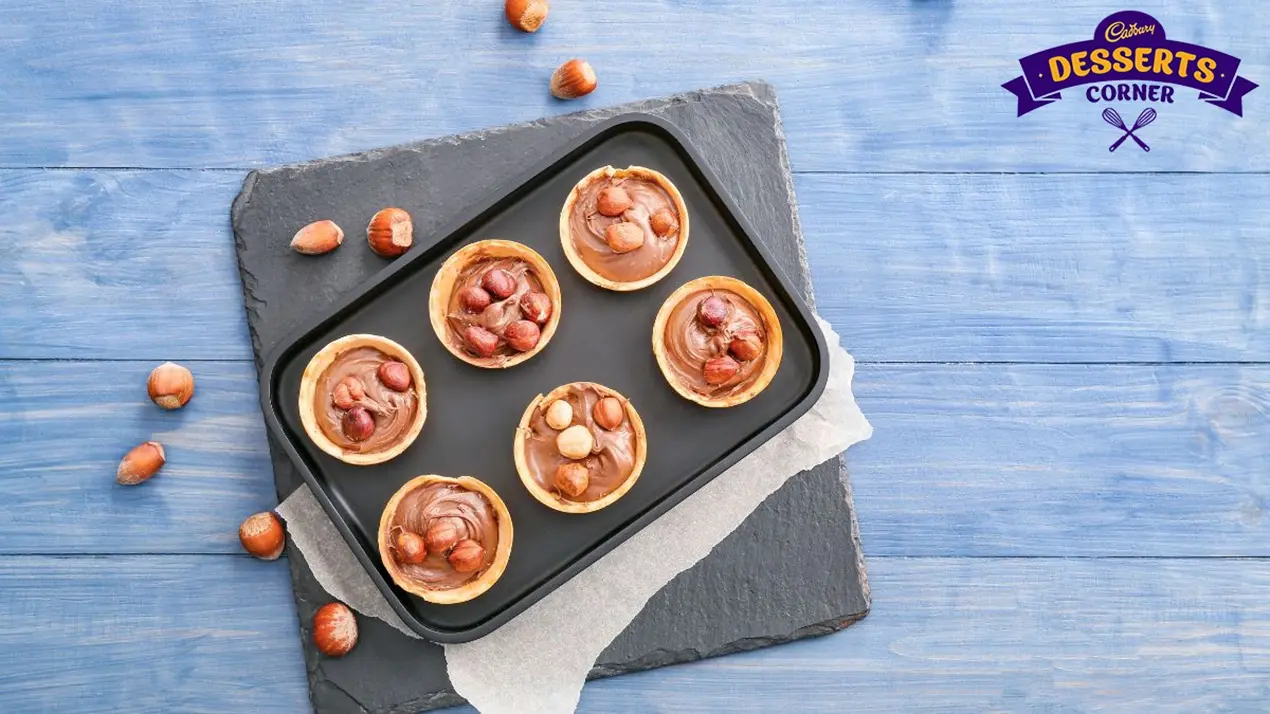
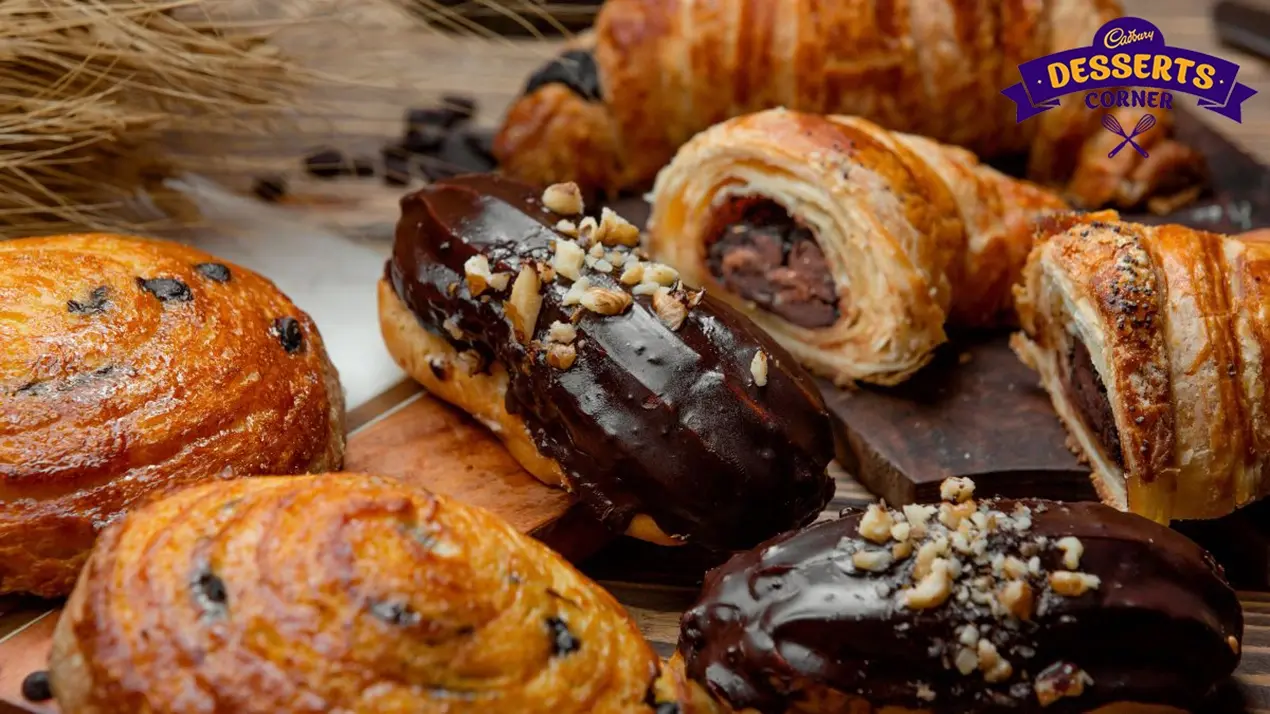

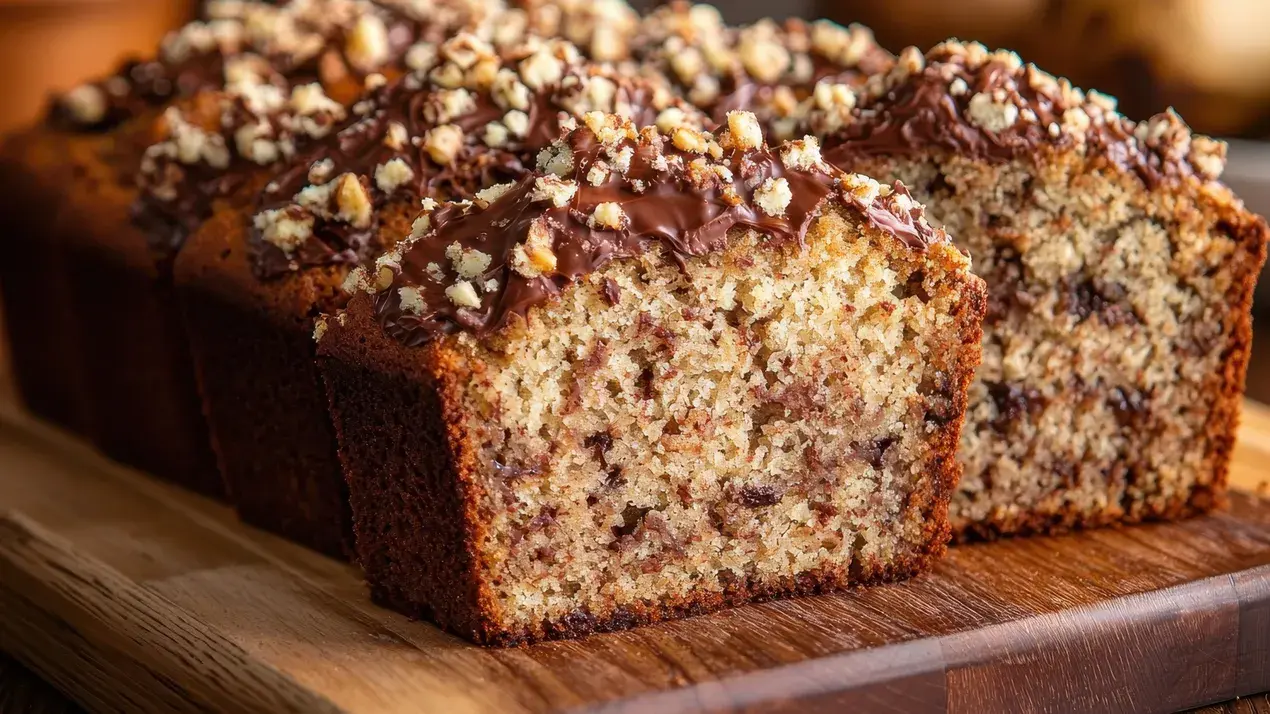
Popular Articles





Trending Web Stories
Curated Recipes
